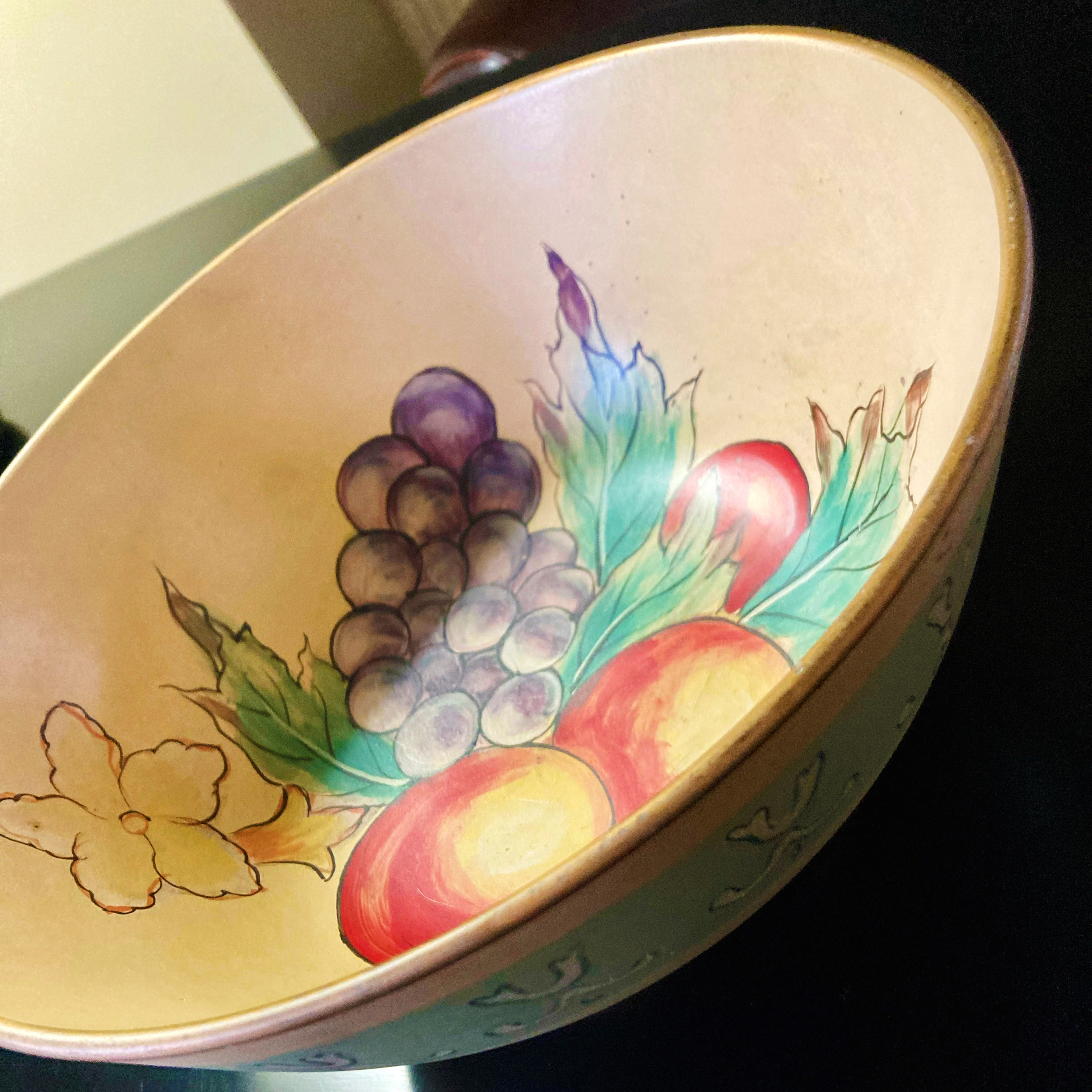It started with a movie. Sick (literally) to miss a young friend’s wedding, J. pulled up the blanket on my day in bed and turned on the 2006 romantic comedy starring Russell Crowe that my brother confesses to watching a dozen times. When I mentioned to him recently that I was now reading “A Good Year,” he, not knowing his favorite go-to, feel-good film is loosely based on the 2004 book by British author Peter Mayle, ordered a first edition and texted to say he is “slow reading” (savoring it).
As did I (savor it … anything set in Provence, as my bookshelf attests, captivates me). As did my book-loving mother (the tree of my apple), upon hearing of our newest literary escape. As is now my dad.
Skipping along, my mind still on Mayle’s gift, it was my turn to host book club and choose what we would read. Loving, months ago, Adriana Trigiani’s “The Good Left Undone” (thank you, Patty), I returned to it … and here, finally, is the point. We can’t live without story. In the words of one of Trigiani’s principal characters, “Story might inform my life.”
Oh, how it does. Story settles in to remind us of where we’ve been and how that has shaped who we have become. In the retelling by loved ones and friends, we replant values, set foot on soil in places we’ve never been, lament hurt we’ll never know … we are enlarged and inspired. And when we listen with authentic interest, we honor the one who has shared … (this reminds me of something J. has said about as many times as I am old… to be interesting you must be interested).
Immersion in story renews and delights us. We reclaim ourselves through it. The landscape of Italy and France from Trigiani’s book, on pages sated with cultural detail, led me to use serving pieces and color from those regions, make pastry and bacon-wrapped, goat cheese-stuffed dates, and seat my friends at “a long wooden table.” Around rich, rich words and ideas like telling time by bells and baker and knowing a place like one’s own body, stories of Italian descent were knotted around my table like terra-cotta threads.
Trigiani leads us back and forward: family is only as strong as their stories. And that leads me to ask why we tell them best at memorial services rather than in our everyday gatherings. Or why the pieces in our home most redolent with memory star only when it’s our turn to host or clean out a closet or drawer.
One person in a family affects the whole group, Trigiani teases. That is her enchanting call to action, if not for every reader, for me, to turn back the pages on memories of the good, or if not good, then unforgettable, years of our lives.
Speaking of teasing … on my hunt for French and Italian tableware I discovered a long-forgotten bowl. I turned it over to find it still wearing its antique-store tag: “Della Robbia bowl.” Tracing the influence … “Luca della Robbia was a 14th-century Italian Renaissance sculptor from Florence …” Agreeing with my mother’s return text, How fun!!, when I shared the story with her.
Postscript:
The continuing storyline this morning in my own romantic comedy, featuring J.’s easy satire:
J: Hey!
Me: Hey what?
J: We have a clean house.
Me: I have a really hard time being creative when our home isn’t clean.
J: Well then, you should feel free to roam about the country today.



